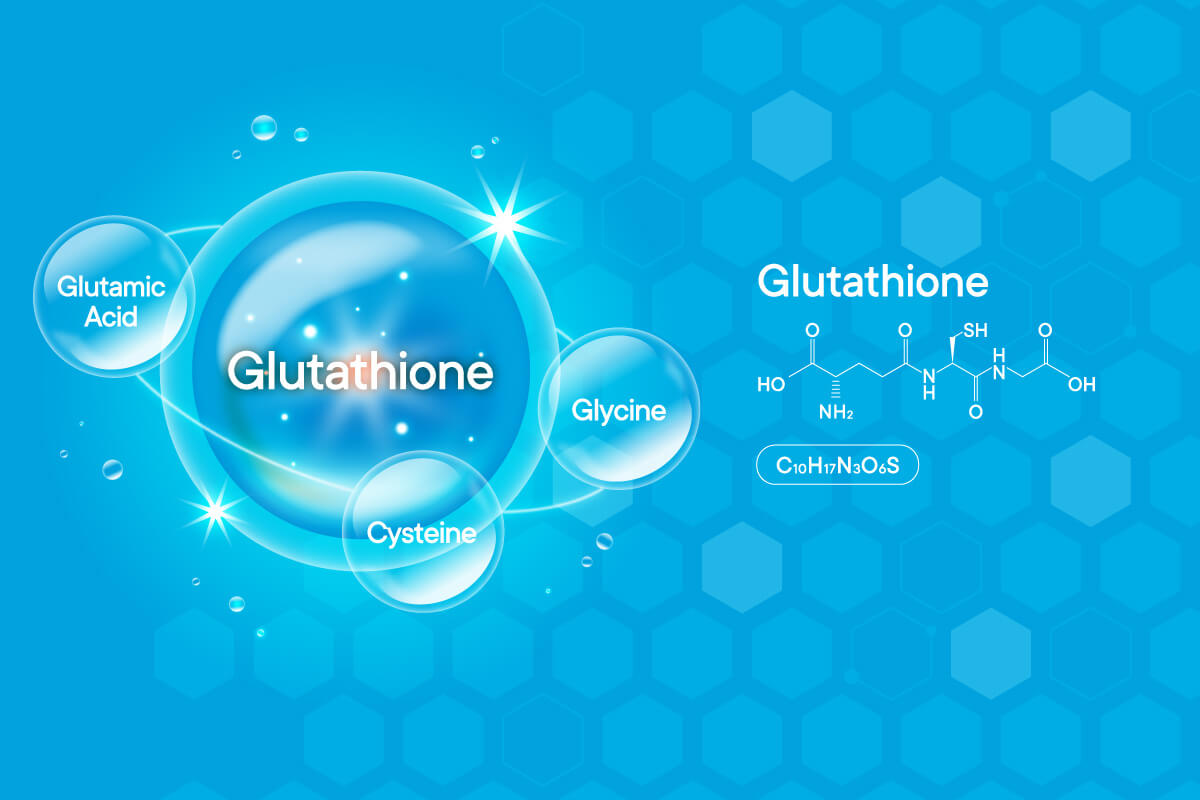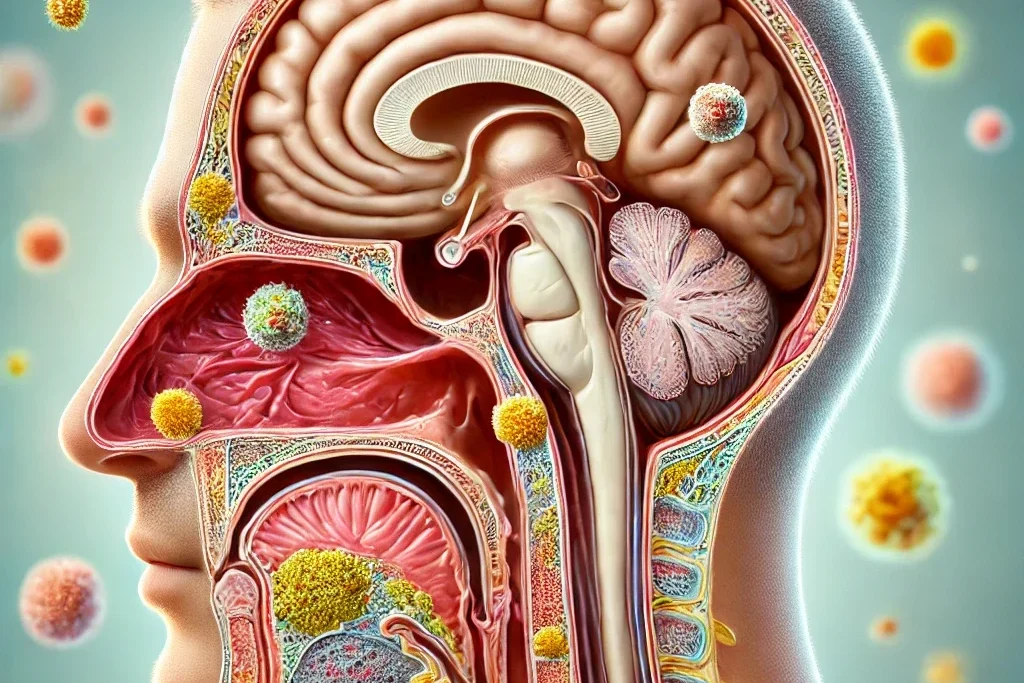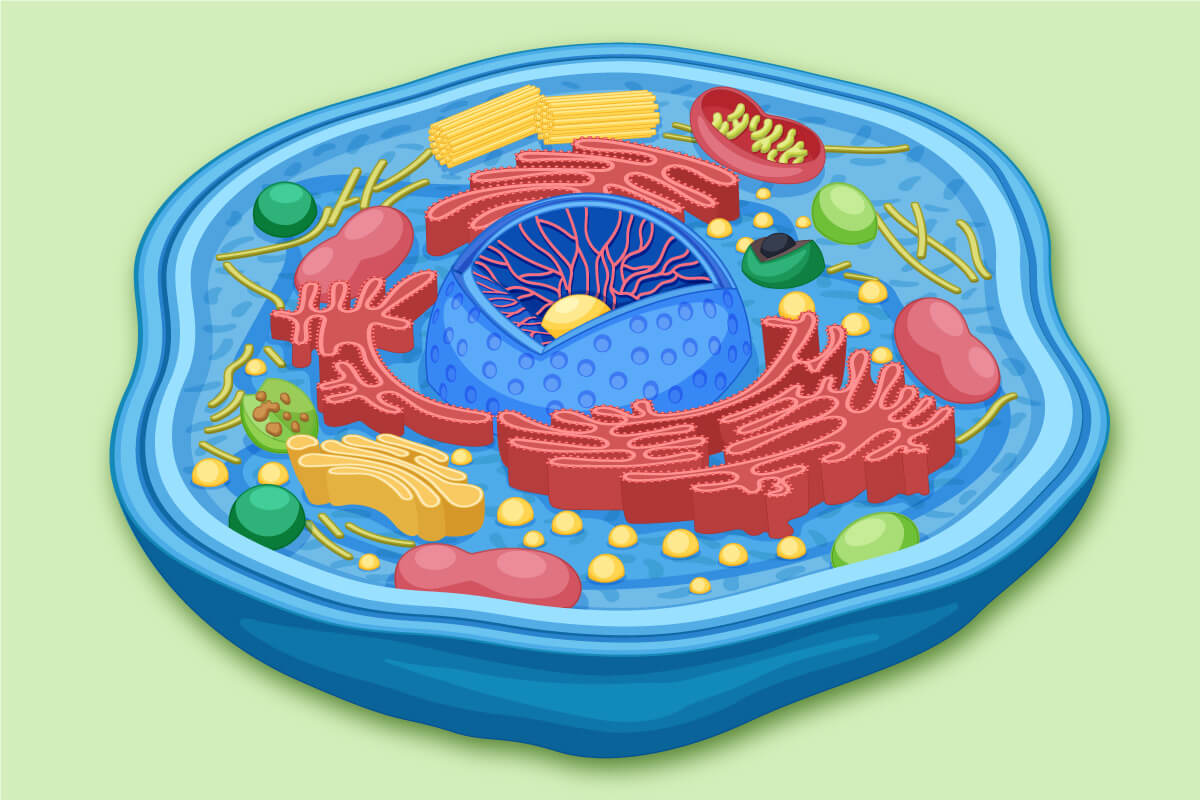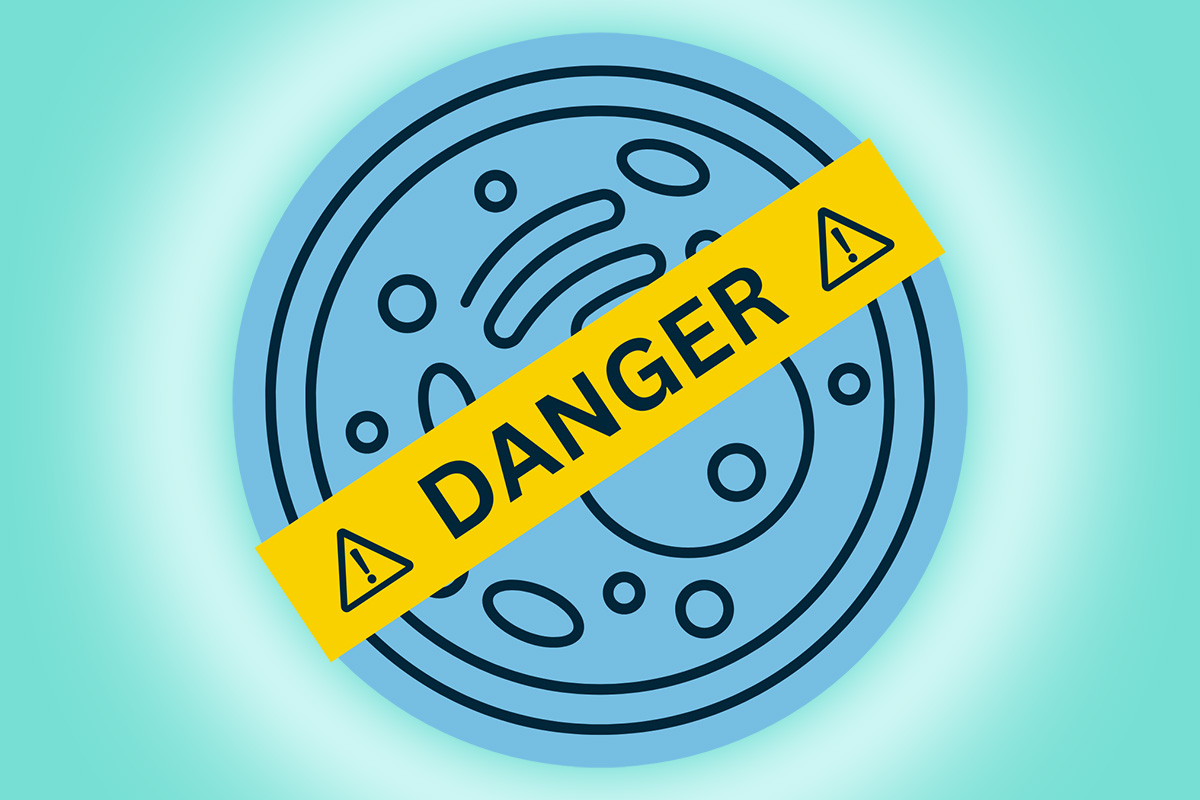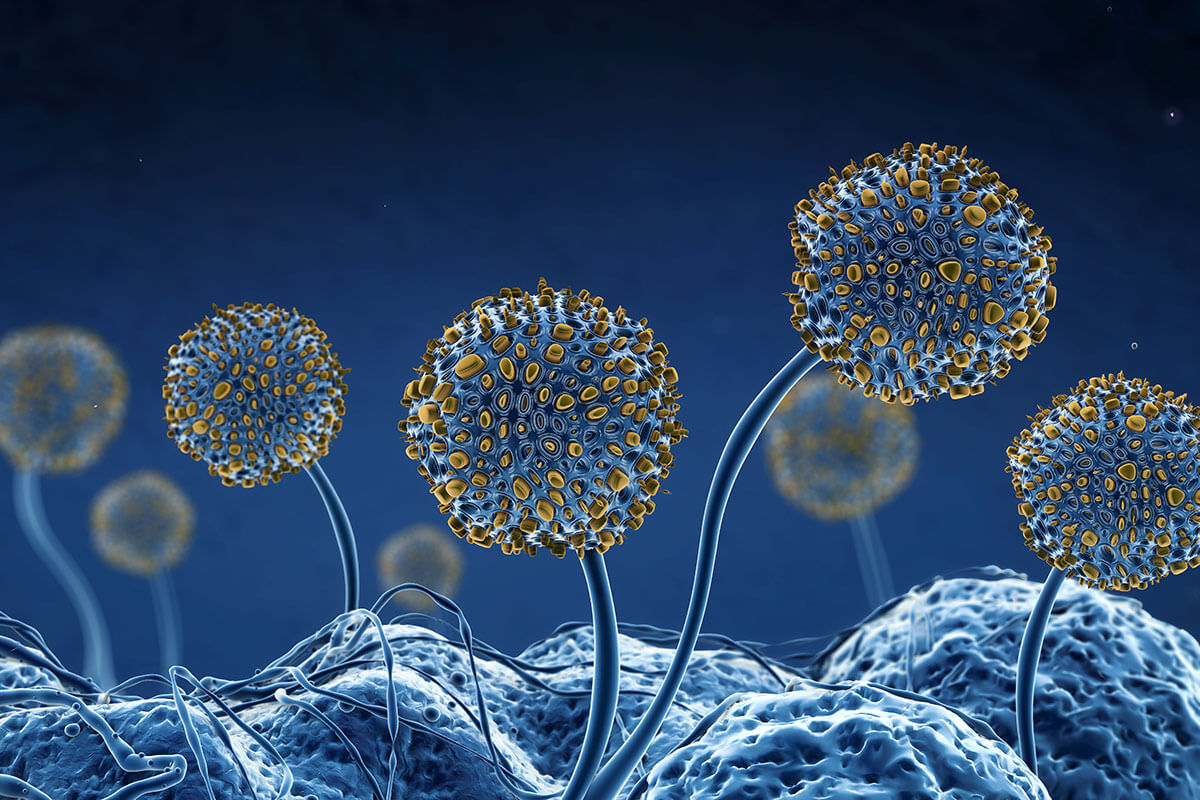The Importance of Glutathione in Health and Healing
Glutathione is the most abundant intracellular antioxidant, playing a crucial role in maintaining our health. It helps protect our mitochondria and cells, detoxifies environmental toxins, and balances our immune system. As the body’s master antioxidant, glutathione recycles other antioxidants and helps repair cellular damage caused by daily exposures to environmental toxins and free radicals caused…
Sinus Colonization in Mold Illness
Exposure to water-damaged buildings (WDB) and mold has been linked to various health issues, including chronic fatigue syndrome (ME/CFS), immune system dysregulation, and neurological dysfunction. A growing body of research suggests that sinus colonization in mold illness, facilitated by biofilm formation, plays a crucial role in the persistence of these illnesses, even long after the…
A Successful Recovery From Chronic Fatigue Syndrome
Chronic illnesses are not just illnesses but complex conditions that demand a comprehensive approach. When a patient like Megan, who has battled with a multitude of symptoms across various systems for years, experiences significant recovery, it’s a testament to the intricate nature of these conditions. Each person’s chronic illness is a unique constellation, but sharing…
SOT For Lyme Disease
Supportive oligonucleotide therapy, or SOT, is a treatment that holds great promise in the fight against chronic infections. It involves the identification of gene sequences of various targets, such as Lyme disease and Epstein-Barr virus, from a blood sample. The lab then produces a specific oligonucleotide therapy to silence the infection’s genes needed for survival.…
The Importance of Phosphatidyl Choline in Chronic Diseases
When individuals are afflicted with chronic illnesses, their cellular structures are not immune to collateral damage. Chronic infections, environmental toxins, and other sources of inflammation and oxidative damage can harm cell membranes and inner cellular structures like mitochondria, impacting cellular structure and function. It’s crucial to understand that the cause or causes of the illness…
Recovering from Chronic Illness: Cell Danger Response
Chronic fatigue syndrome (ME/CFS) and other complex chronic illnesses might have a common thread. When cells sense a threat, which can range from an infection to stress, their metabolism slows down and enters preservation mode. Mitochondrial expert and researcher Robert Naviaux, MD, PhD, has termed this cell danger response (CDR). Precisely, the mitochondria in cells…
Additional Articles
Mold Illness is More Than a Chronic Inflammatory Response Syndrome
Indoor exposure to molds in a water-damaged building has significant health risks. Molds and the mycotoxins they produce contribute to illness in various ways. Some people refer to illness from exposure to mold as a chronic inflammatory response syndrome (CIRS), but multiple mechanisms of injury are associated with exposure to molds and mycotoxins. This article…
Continue Reading Mold Illness is More Than a Chronic Inflammatory Response Syndrome
Causes of Long COVID
I recently read a quote that said, “COVID will be around long after the pandemic has ended.” This statement can be interpreted in more ways than one, but the author was referring to the chronic symptoms 10-30% of people who get COVID will experience. With over 80 million cases of COVID reported in the U.S.…
Hormones in Lyme Disease
Chronic infections, including Lyme disease, can affect every organ system in the body, including the endocrine system. When the body is under assault from a chronic infection, organ system function is compromised, contributing to insufficient levels of thyroid, adrenal, and sex hormones. Inadequate production or release of hormones produced by these glands causes the same…

